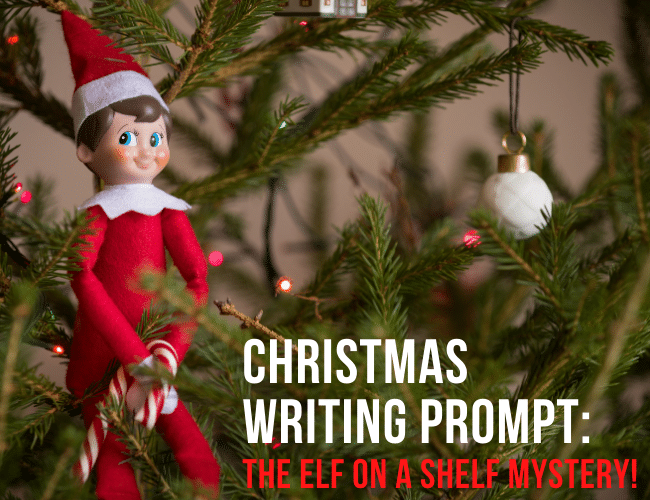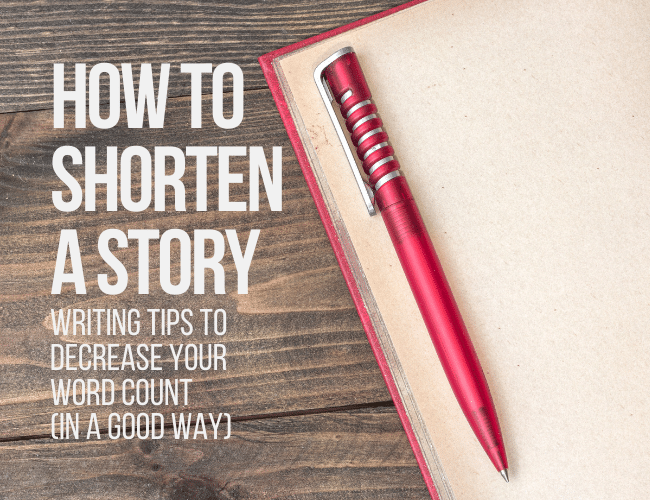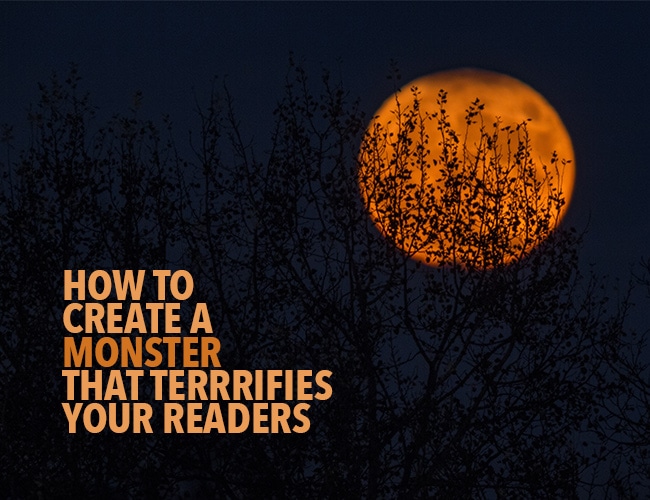
by Sarah Gribble |
You’ve probably heard this one before: Your character must change throughout the course of your story. Characters need to transform.
I see a lot of confusion over this concept. Writers can normally nail the change (weak to strong; bad to good; cynical to optimistic) but it often comes from a weird place that doesn’t sit quite right with what we know about the protagonist. Or it’s too big of a change (or too much of a “fairy tale ending”) to be believable.
Writers think that great characters need drastic changes, but this isn’t always the case.
Let’s take a look at how writers should deal with character change, and how creating a character arc might make for a more interesting cast and plot.

by Sarah Gribble |
I’m going to be honest. When I first started writing, I thought keeping track of my writing progress was ridiculous. How many words I wrote in a day or how frequently I wrote depended on my mood and whether that elusive muse showed up. Besides, wasting time tracking and analyzing how much I’d written during a week seemed like just another way to procrastinate and not get any writing done at all.
I don’t say this often, so listen up:
I was wrong.
Writers need to track their writing progress, period. It’s that simple. Read on for why and how to get tracking today.

by Sarah Gribble |
‘Tis the season to write! Today’s post is short but fun. I hope you enjoy this Christmas writing prompt:
The elf on the shelf moved—but you didn’t move it. Something fishy is going on here . . .

by Sarah Gribble |
Short stories are their own art form. In a novel, you have an entire book to elaborate, to make your readers care. In a short story, you have to have the same elements, but in about two percent of the words. How can you shorten story?
Ultimately, learning how to write a story in fewer words takes practice. Luckily, tightening a short story into an even shorter story is something you can get the hang of over time.
This article shares various, easy writing tips that can help you cut your word count—and make your short story all the better for it.

by Sarah Gribble |
Halloween is right around the corner and I know a lot of you will be writing some spine-chilling stories to celebrate. What’s the best part of a creepy story? A monster.
When writing monsters, you could rely on the tried-and-true vampires, zombies, and giant, man-killing spiders. There’s nothing wrong with adding to the monster canon, but it does get a little boring after a while. It’s often better to make up your own monster. But how?
Decades have been spent honing the standard wants and abilities of vampires and zombies. How can you make a monster just as good in a much shorter time frame?




